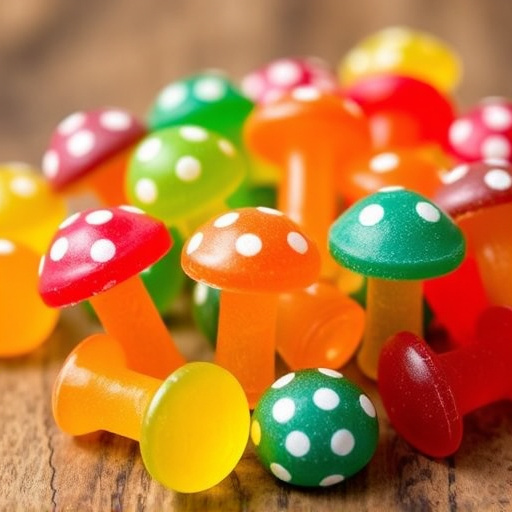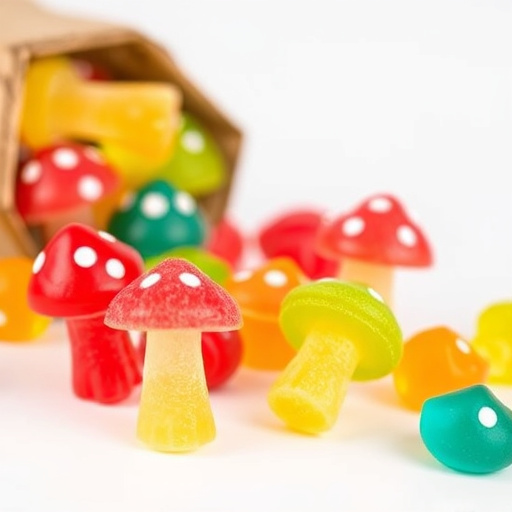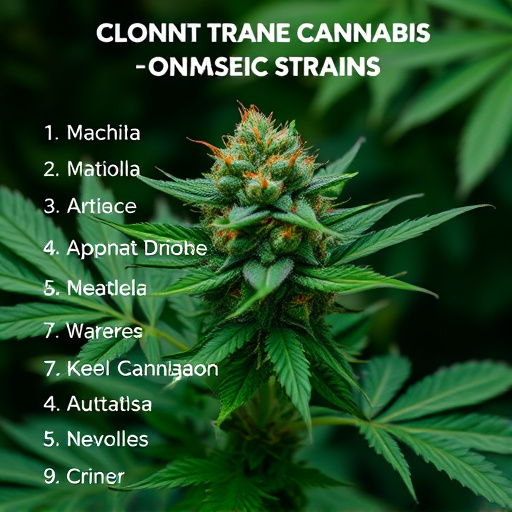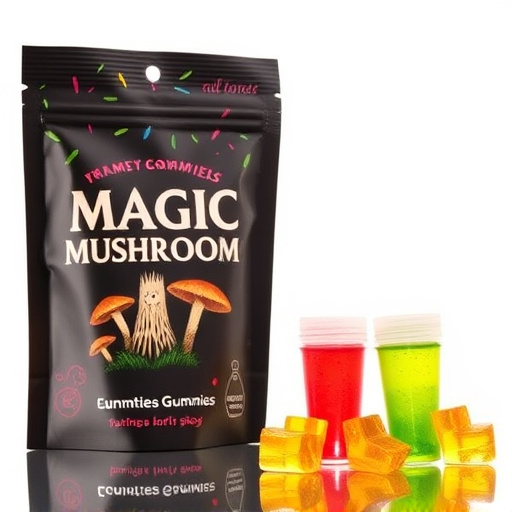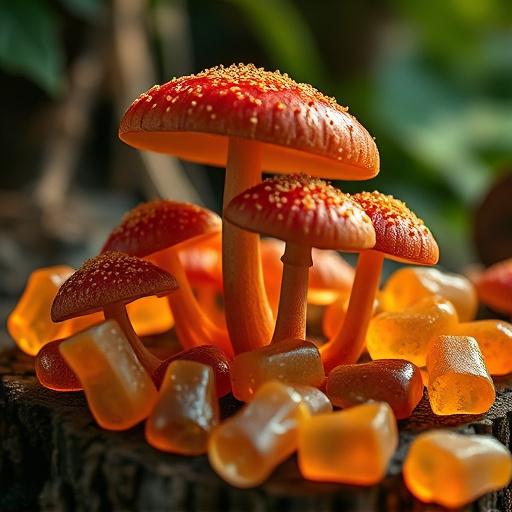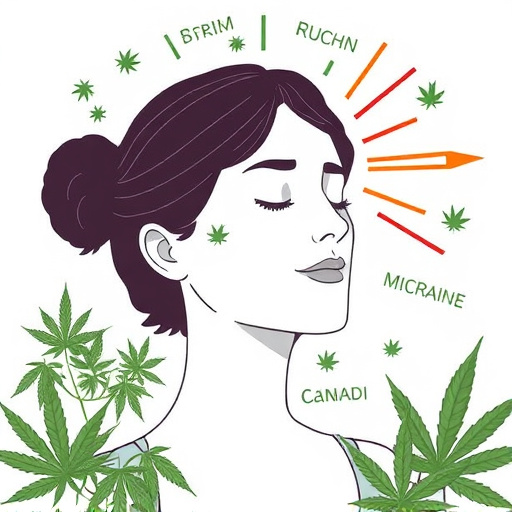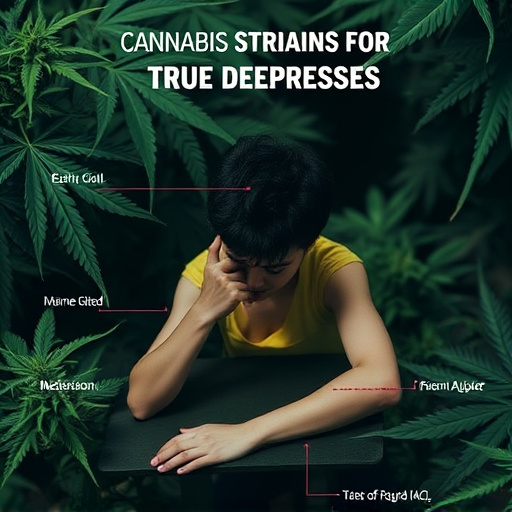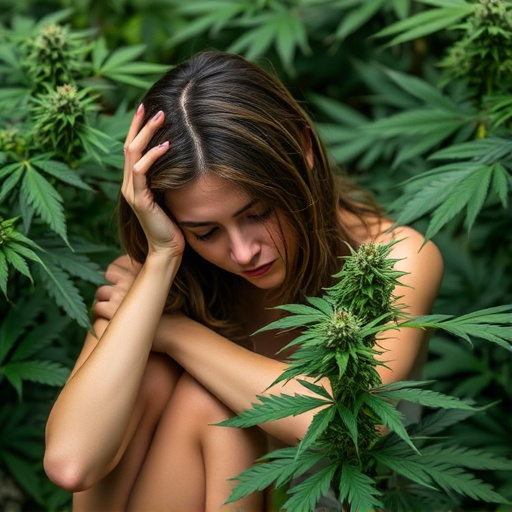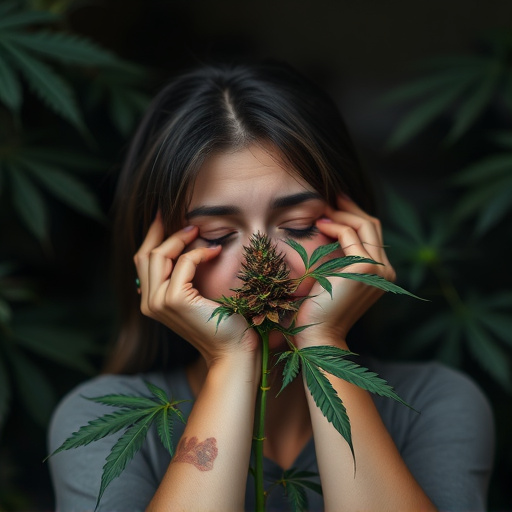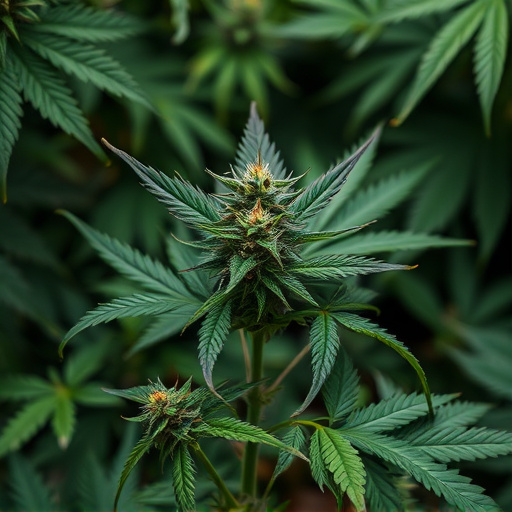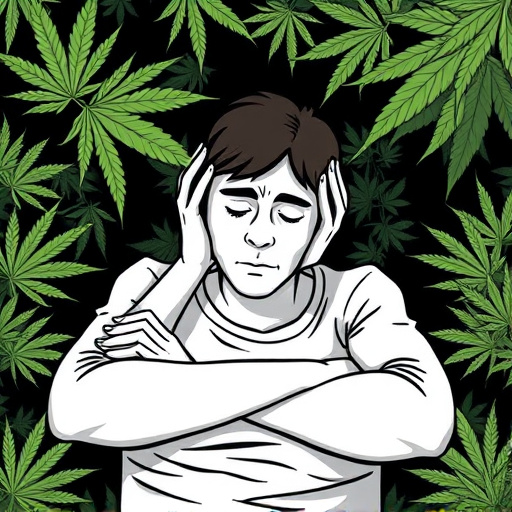Cannabis, with compounds like THC and CBD, shows potential in treating depression, with specific strains high in CBD or balanced THC-to-CBD ratios offering benefits. Beginners should consult healthcare professionals specializing in cannabis medicine for personalized guidance on suitable strains and dosages. Dosage varies greatly based on individual factors like metabolism, age, and tolerance, so starting low (1-5mg THC) from calming, mood-boosting strains is recommended. Self-monitoring doses and effects helps find personal optimal dosage; unique tolerances require experimentation. Target cannabis strains specifically designed for managing depression symptoms.
“New to cannabis? Navigating its dosage can be overwhelming, especially when exploring its potential as a depression aid. This guide offers essential tips for beginners. We’ll delve into how different factors, like individual tolerance and strain selection—focused on those known for their uplifting and calming effects—impact dosing. Starting low is key; gradually increase to find your optimal dosage. Learn how to safely harness cannabis’ potential benefits while mitigating risks.”
- Understanding Cannabis and Its Effects on Depression
- Factors Influencing Dosage: Individual Differences and Safety Considerations
- Starting Low and Finding Your Optimal Dosage: A Step-by-Step Guide
Understanding Cannabis and Its Effects on Depression
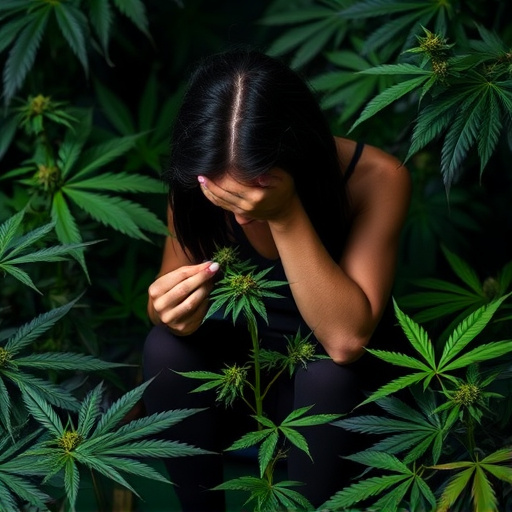
Cannabis has gained attention as a potential treatment option for various mental health conditions, including depression. While it’s essential to approach this with caution and expert guidance, understanding how cannabis interacts with the body can be enlightening for beginners considering its use for depression management. The active compounds in cannabis, particularly THC (tetrahydrocannabinol) and CBD (cannabidiol), have shown promising effects in alleviating depressive symptoms. Studies suggest that specific cannabis strains known for their high CBD content or balanced THC-to-CBD ratios may be beneficial for folks dealing with depression.
These strains can provide a more subtle, therapeutic effect, helping to regulate mood without the intense ‘high’ associated with higher THC concentrations. Beginners exploring cannabis for depression should consider consulting healthcare professionals who specialize in this field. They can offer personalized guidance on suitable strains and dosages, ensuring a safe and effective approach to managing symptoms while being mindful of potential side effects.
Factors Influencing Dosage: Individual Differences and Safety Considerations

Cannabis dosage can vary greatly from person to person, and several factors influence the optimal amount for each individual. Understanding these variables is crucial, especially when considering cannabis strains for depression or other medical conditions. Firstly, metabolism plays a significant role; some people process cannabis faster, while others may have a slower breakdown, affecting how quickly and intensely the effects set in. Age can also be a factor, as younger individuals might require lower doses to avoid adverse side effects.
Additionally, individual tolerance levels determine the suitable dosage. Those new to cannabis may experience stronger effects with smaller amounts, while regular users might need higher doses for comparable outcomes. Safety considerations are paramount; monitoring heart rate, observing mental clarity, and assessing physical relaxation help gauge one’s response. It’s essential to start low and increase gradually when trying different cannabis strains for depression or other therapeutic purposes, ensuring a comfortable and controlled experience.
Starting Low and Finding Your Optimal Dosage: A Step-by-Step Guide
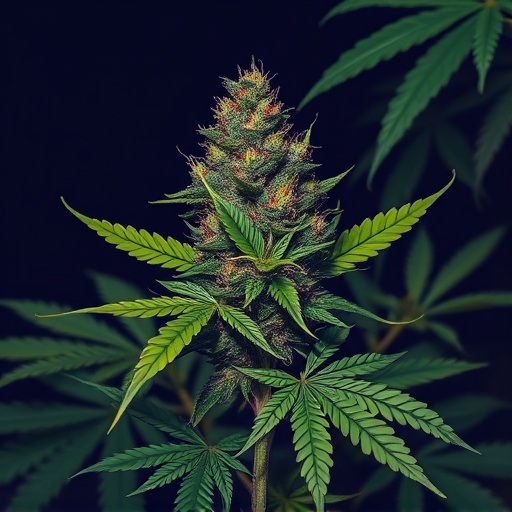
When starting with cannabis, especially for medical purposes like managing depression, it’s crucial to begin with a low dose and gradually increase until you find your optimal dosage. This step-by-step approach allows your body to acclimate to the plant’s effects, minimizing potential side effects. Start with a very small amount, typically 1-5 milligrams of THC (the primary psychoactive compound), and choose cannabis strains known for their calming and mood-boosting properties, such as those with high CBD content or specific strains recommended for depression.
After consuming your initial low dose, wait patiently for at least an hour to assess how you feel. If you don’t notice any significant effects, you can slowly increase the amount by 1-2 milligrams. Keep track of your doses and the corresponding effects to identify patterns. This self-monitoring is key in finding your personal sweet spot—the dosage that provides relief without causing discomfort or adverse reactions. Remember, everyone’s tolerance and response to cannabis are unique, so this process might take some time and experimentation.
For beginners navigating the world of cannabis for its potential to alleviate symptoms of depression, finding the right dosage is key. By understanding individual differences and safety considerations, as well as employing a step-by-step approach to start low and gradually increase, one can discover their optimal dose. Remember, each person’s experience with cannabis strains for depression is unique; it’s essential to listen to your body and consult healthcare professionals for personalized guidance.
